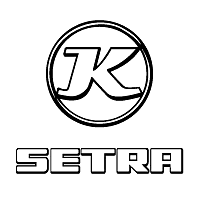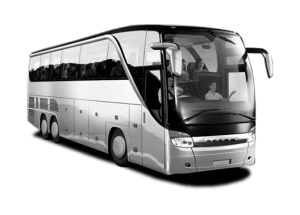
SETRA Bus Manuals & Wiring Diagrams PDF


SETRA Bus History
Some SETRA Bus Manuals & Wiring Diagrams PDF are above the page.
Setra is one of the world's leading manufacturers of luxury tourist buses. In North America, Setra buses are used for intercity transportation. Among tourist buses, they are recognized as a leader in innovation, quality and design around the world. Setra produces attractive first-class buses. Country of origin - Germany.
The history of the enterprise began in the distant year 1911, and throughout the entire period of its existence it underwent a number of changes. Its name "Setra" in German means "self-supporting". In the early 1950s, thanks to the son of the company's founder Otto Cassborer and designer Georg Vahl, the production of brand new bus models was set up. A characteristic feature of the first models was their excellent assembly and engine power. The frame made of iron armature was a huge achievement of German designers, this is a constructive solution and is used today by engineers in the automotive industry. Buses are recognized as premium vehicles. These comfortable and reliable buses are involved in suburban, intercity and long-distance international passenger transportation.
Modern products of the company has a direct relationship to the nature of the construction of vehicles produced in 1950. The first bus Setra, Type S 8 was released in 1951.
During the 1950-1980-ies buses of a number of modifications were produced. So, in 1952 the first articulated bus with a bearing body was presented to the consumer, in 1955 - a bus with a pneumatic suspension, in 1958 - a bus with a high arrangement of the cabin. In 1969, the first two-story 3-axle bus came off the assembly line of the plant. Anti-lock brakes were first installed on the Setra bus in 1981. Production and production of the first copies of rear-engine buses falls on 1967 and 1976.
The 1990s were a difficult test for the company. Because of the high cost of technical solutions, the old-fashioned forms of the company's financial position became much more complicated. The production of buses by the mid-1990s was reduced to two thousand a year. The management of the company had to sell the tractor production department. In February 1995, an agreement was signed with Mercedes-Benz to create a small bus holding EvoBus. The business of this company went well, and buses began to sell to Western Europe. There were established branches for the production of buses in Poland, the Czech Republic, and China.
Quite recently, a small EvoBus concern was created, thanks to which the position of the Setra brand stabilized. The company's buses nowadays are mainly equipped with Mercedes-Benz, MAN and other world famous suppliers. But it should be noted that there have not been any special technical or stylistic changes in the design of vehicles. The management of the company divided the production program into three classes, each of which is marked by an asterisk, determining the level of comfort.
Today the buses of the automobile brand Setra are known far beyond Germany. Commercial buses are widely used for travel on short and long distances. The company produces not only vehicles, but also bodies that are installed on tourist buses.
